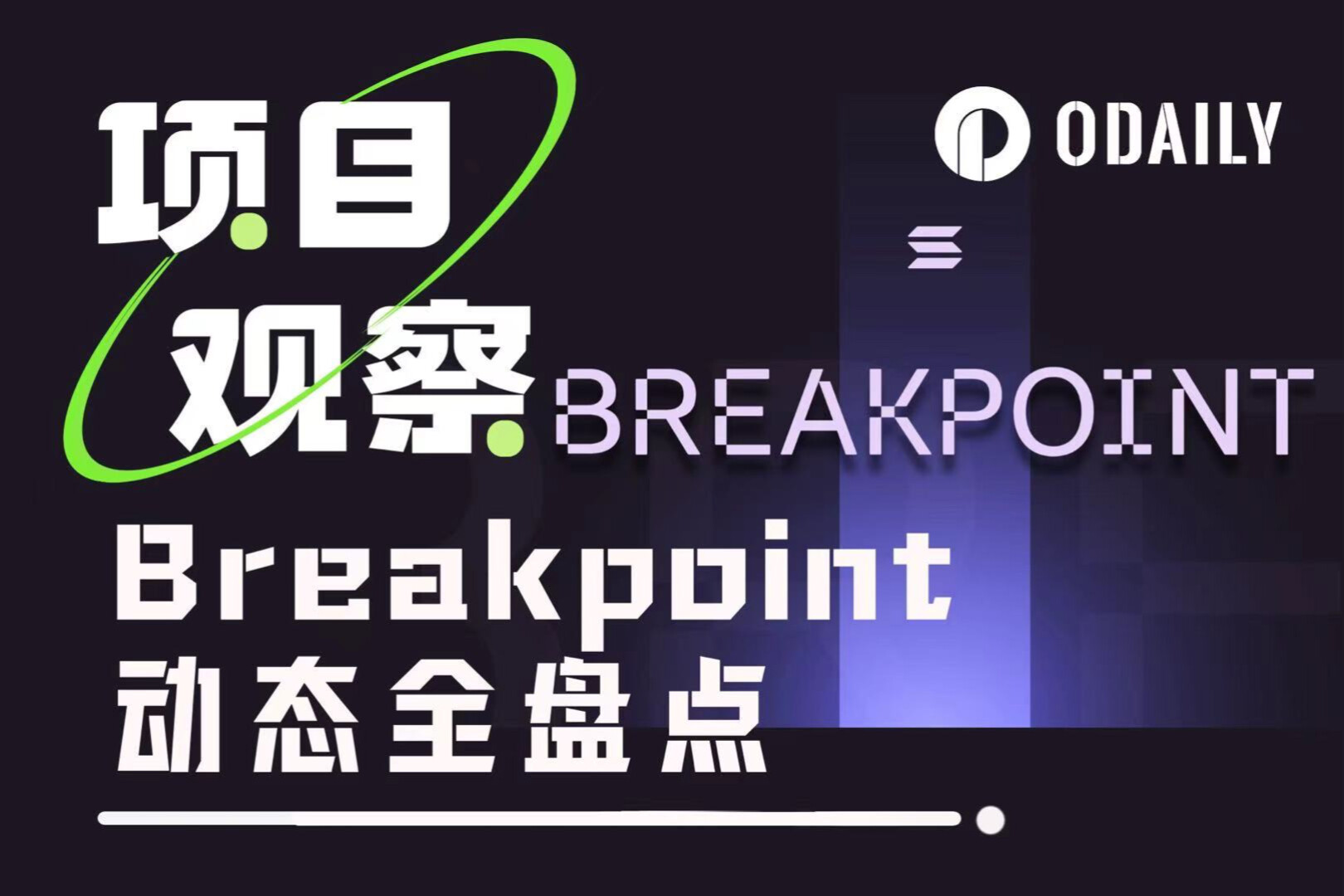灰度申请「比特币迷你信托」,能遏制GBTC资金外流吗?
原文作者:Andrew Throuvalas,Decrypt
原文编译:Jordan,PANews
3 月 12 日晚间,根据美国证券交易委员会披露的一份 S-1 申请文件显示,加密资产管理巨头灰度(Grayscale)已向其注册申请一个全新的迷你版比特币信托基金产品:Grayscale Bitcoin Mini Trust,股票代码为“BTC”。按照申请文件信息,如果该迷你版 GBTC 获得监管机构的批准,将会在纽约证券交易所上市并且独立于 GBTC 运营。
灰度为何要推出“新版 GBTC”?
在 ETF 行业里,发行迷你版本的旗舰信托基金并不罕见,但根据一位接近灰度公司的消息人士透露,与 GBTC 不同之处在于,新基金 Grayscale Bitcoin Mini Trust 是通过分拆(Spin-off)方式创建的,这意味着灰度需要将一部分 GBTC 份额自动转移到 Grayscale Bitcoin Mini Trust。
目前,美国证券交易委员会披露的 S-1 文件里并没有公布灰度计划分配的股份比例,但据悉 GBTC 预计将在后续提交的 14 C 申请表格中补充描述拆分条款和条件的细节信息。此外,灰度还表示现阶段尚未就分拆 GBTC 征求股东的同意、授权、批准或代理,GBTC 股东无需支付任何对价、交换或放弃现有 GBTC 股份或采取任何其他行动来接收迷你 GBTC 分发日时所分配的股份。
那么,灰度为何会在现货比特币 ETF GBTC 获得美国证券交易委员会批准之后的两个多月后选择推出“迷你比特币信托”产品呢?
首先,“迷你比特币信托”Grayscale Bitcoin Mini Trust 可能会让灰度在费用上变得更具竞争优势。实际上,资本收益的实现是 GBTC 股东与现有产品联系在一起的原因之一,因为相对于竞争对手的产品,灰度 GBTC 的费用相对较高。
如果按照 GBTC 当前提供的费率,的确很难与市场上一些低成本的现货比特币 ETF 竞争,虽然灰度将 GBTC 从封闭式比特币基金会转变为 ETF,但正如上表所展示的, 1.5% 费率是同类产品中最高的(在转换为现货比特币 ETF 之前,GBTC 的费率甚至高达 2% ),相比之下富兰克林 EZBC 费率仅为 0.19% ,Bitwise 的 BITB 更是低至 0.2% 。对于准备向客户推荐比特币 ETF 产品的注册投资顾问 (RIA) 公司和经纪商来说,费率可能会成为他们选择产品的决定性因素,因此提供更便宜的 GBTC 替代方案是有意义的。
虽然灰度尚未披露“迷你信托”的费率信息,但考虑到当下市场环境,这个数字应该不会太高。
灰度申请推出“迷你信托”的另一个潜在原因是税收问题。自比特币 ETF 获批以来,灰度比特币信托基金投资者纷纷转向 ETF,根据投资者的立场,此类举措的税收影响可能会有很大差异。
对于在美国退休账户中持有 GBTC 的投资者,虽然所有这些证券都是比特币的代理,但它们由传统经纪商持有,这意味着如果在退休账户中进行,从其中任何一个转移到新的 ETF 都将免税。但是对于在应税账户中持有 GBTC 的投资者而言,情况则有所不同,是否交税将取决于他们的头寸是未实现收益还是损失,如果投资者有未实现的收益,出售该投资以投资 ETF 将引发应税收益,这意味着投资者可用于再投资 ETF 的资本实际上被税收稀释了。
为了能让投资者合理避税,灰度在本次提交给美国证券交易委员会 S-1 文件中已经表明:“分拆迷你信托,不会成为 GBTC 及其股东的应税事件”。
彭博 ETF 分析师 James Seyffar 更是直言不讳地表示,灰度提交的迷你信托申请就是为了帮助长期持有者避税,而且几乎可以肯定的说,迷你信托会让长期 GBTC 持有者收益,尤其是那些受到潜在资本利得税打击的持有者,他们此前必须缴纳税费,这是帮助客户在不减少收入和抛售之间找到了的一个很好的中间立场。
“迷你信托”能遏制 GBTC 资金外流吗?
自 1 月 11 日转换为现货比特币 ETF 以来,GBTC 的投资者已经赎回了约 229, 000 枚 BTC(价值超过 100 亿美元),该基金目前尚未录得单日净流入。相比之下,灰度最大竞争对手贝莱德(BlackRock)和富达(Fidelity)的现货比特币 ETF 则分别积累了 204, 000 枚 BTC 和 128, 000 枚 BTC。
根据灰度官方数据显示,截止 3 月 12 日,GBTC 的比特币持仓已跌破 40 万枚 BTC 关口,降至 388, 868.7007 BTC,流通股数量也减少到 5 亿份下方,但得益于加密货币市场反弹,尤其是比特币升至 7 万美元区间,让 GBTC 的资产管理规模(非公认会计原则)仍维持在 270-280 亿美元范围,也是同类产品中规模最大的。
然而需要注意的是,灰度的市场主导地位已经开始显现出减弱迹象,上周五收盘时,灰度 GBTC 在现货比特币 ETF 的总交易量占比首次跌破 20% ,与此同时贝莱德和富达的 ETF 合计交易量占比则升至 69% (其中贝莱德的 IBIT 交易量占比接近 47% )——要知道,在现货比特币 ETF 在一月份开始交易时,灰度 GBTC 吸收了大约一半的交易活动,这似乎表明,随着 GBTC 抛售活动逐渐减弱,早期投资者在赎回资金之后已经开始转向其他竞争对手的产品。
就现阶段而言,Grayscale Bitcoin Mini Trust 的推出或许能在一定程度上减缓 GBTC 资金外流,但效果可能较为有限。一方面,灰度需要面对市场众多竞争对手的挑战,防止存量客户转投其他产品;另一方面,灰度还需要吸引新投资者,即便 Grayscale Bitcoin Mini Trust 获得监管批准上市,这款产品是否能在应税和费率方面给予投资者更大、更吸引人的优惠举措也不得而知,让我们拭目以待!



